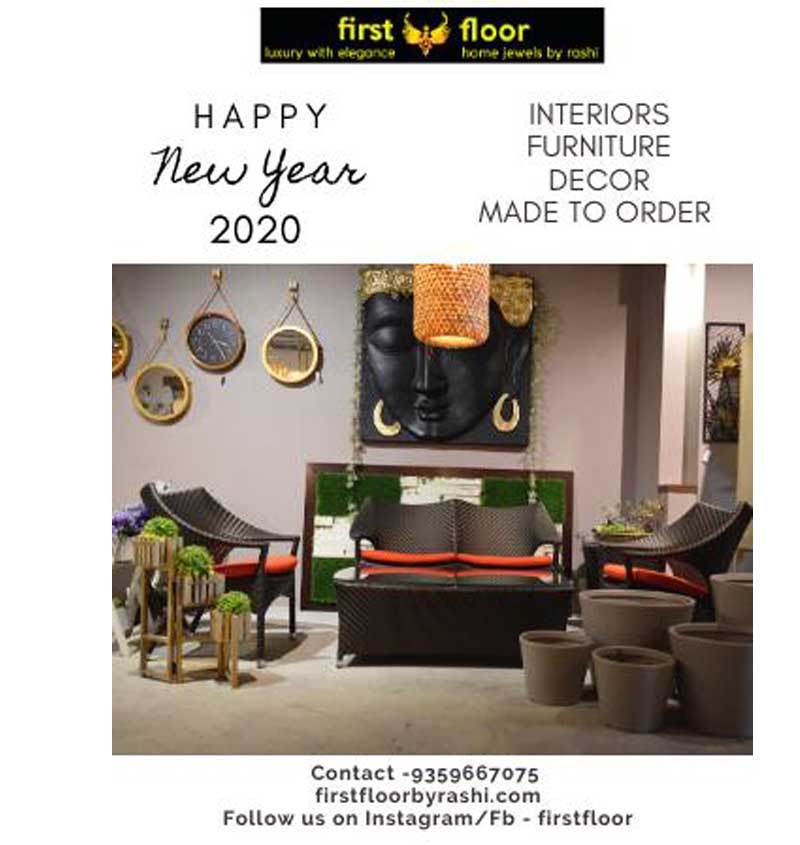1. Scandinavian (Nordic) – Minimalism Meets Warmth
Origin: Denmark, Sweden, Norway, Finland
Key Features:
-
Clean lines, minimal clutter
-
Pale wood tones and neutral palettes
-
Cozy textures (think wool, sheepskin, and linen)
-
Emphasis on natural light and functionality
Why It Works: Scandinavian interiors are timeless and calming, balancing form and function with a focus on comfort and simplicity—a concept known as hygge.
2. Japanese – Zen and Nature-Inspired Harmony
Origin: Japan
Key Features:
-
Natural materials: bamboo, wood, paper, and stone
-
Minimalistic layout with few decorative elements
-
Sliding doors (shoji), tatami mats, and low furniture
-
A sense of flow and indoor-outdoor connection
Why It Works: Japanese interiors prioritize serenity, balance, and respect for nature—ideal for creating mindful, uncluttered living spaces.
3. Mediterranean – Sun-Kissed Elegance
Origin: Southern Europe (Greece, Italy, Spain)
Key Features:
-
Whitewashed walls, terracotta floors
-
Arched windows and doorways
-
Wrought-iron details and rustic wood
-
Earthy tones mixed with coastal blues and greens
Why It Works: Mediterranean design radiates warmth and relaxation, perfect for bright, breezy spaces that blend old-world charm with modern comfort.
4. Moroccan – Bold Patterns and Exotic Layers
Origin: Morocco
Key Features:
-
Vibrant colors: cobalt blue, saffron, emerald, and ruby
-
Intricate tilework (zellige), carved wood, and lanterns
-
Low seating arrangements and plush textiles
-
Use of arches, niches, and ornate detailing
Why It Works: Moroccan design invites drama and depth through texture and color, making it ideal for rich, luxurious interiors with a touch of mystique.
5. French – Effortless Sophistication
Origin: France
Key Features:
-
Ornate moldings, antique mirrors, and parquet flooring
-
A mix of vintage and modern pieces
-
Elegant color palettes: muted neutrals, soft pastels
-
Chandeliers, gold accents, and luxurious fabrics
Why It Works: French interiors master the art of je ne sais quoi—a seemingly effortless mix of old and new that feels curated, not cluttered.
6. Bohemian (Global Boho) – Eclectic and Free-Spirited
Origin: Influences from India, Morocco, Mexico, and beyond
Key Features:
-
Layered textiles: kilims, ikats, and tribal prints
-
Rattan, macramé, and handcrafted details
-
Plants, books, and collected objects from travel
-
A lived-in, casual aesthetic
Why It Works: Bohemian design celebrates individuality, creativity, and a love for culture. It’s perfect for those who want their home to tell a personal, worldly story.
7. African – Earthy Roots and Cultural Richness
Origin: Sub-Saharan Africa
Key Features:
-
Organic materials: wood, stone, mudcloth, and leather
-
Tribal patterns and handmade crafts
-
Warm, earthy palettes: ochre, brown, terracotta
-
Bold sculptures, masks, and statement art
Why It Works: African design grounds a space with heritage and authenticity, adding richness and storytelling through texture and symbolism.
8. Indian – Vibrant Tradition and Intricate Craftsmanship
Origin: India
Key Features:
-
Rich jewel tones: maroon, gold, turquoise, and saffron
-
Carved wood furniture and ornate detailing
-
Block prints, brass accents, and silk textiles
-
Mandala motifs and spiritual elements
Why It Works: Indian interiors are vibrant and soulful, combining opulence with spiritual harmony, ideal for spaces that celebrate heritage and color.
9. American Modern Farmhouse – Rustic Meets Contemporary
Origin: United States
Key Features:
-
Reclaimed wood, shiplap, and exposed beams
-
Neutral tones with pops of black or deep green
-
Industrial lighting and cozy textiles
-
Practical, homey design with a modern edge
Why It Works: The modern farmhouse style offers warmth and practicality while feeling current and inviting—perfect for families and entertainers alike.
Blending Styles: Global Fusion in the Modern Home
Today, designers often mix elements from different global styles to create eclectic, personalized interiors. A Scandinavian layout might include Moroccan tiles, or a Japanese-style room might feature African artwork. The key is balance—choosing a unifying color palette or material to harmonize diverse elements.
Final Thoughts: Design Without Borders
As travel inspires and the world feels more connected, global interior design offers a chance to bring home more than just souvenirs. By incorporating elements from cultures around the world, you create a space that is not only beautiful but meaningful—a reflection of both personal taste and shared human expression.
So whether you’re drawn to the serenity of Japanese design, the color of India, or the texture of Africa, the world of interiors is wide open—and waiting to be explored.



















Your Message